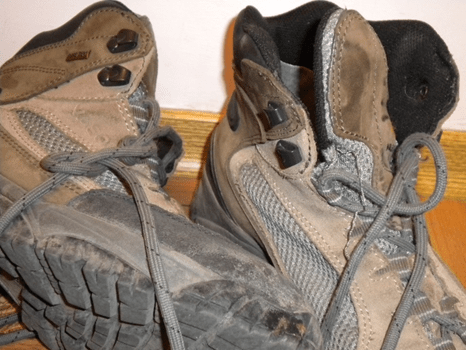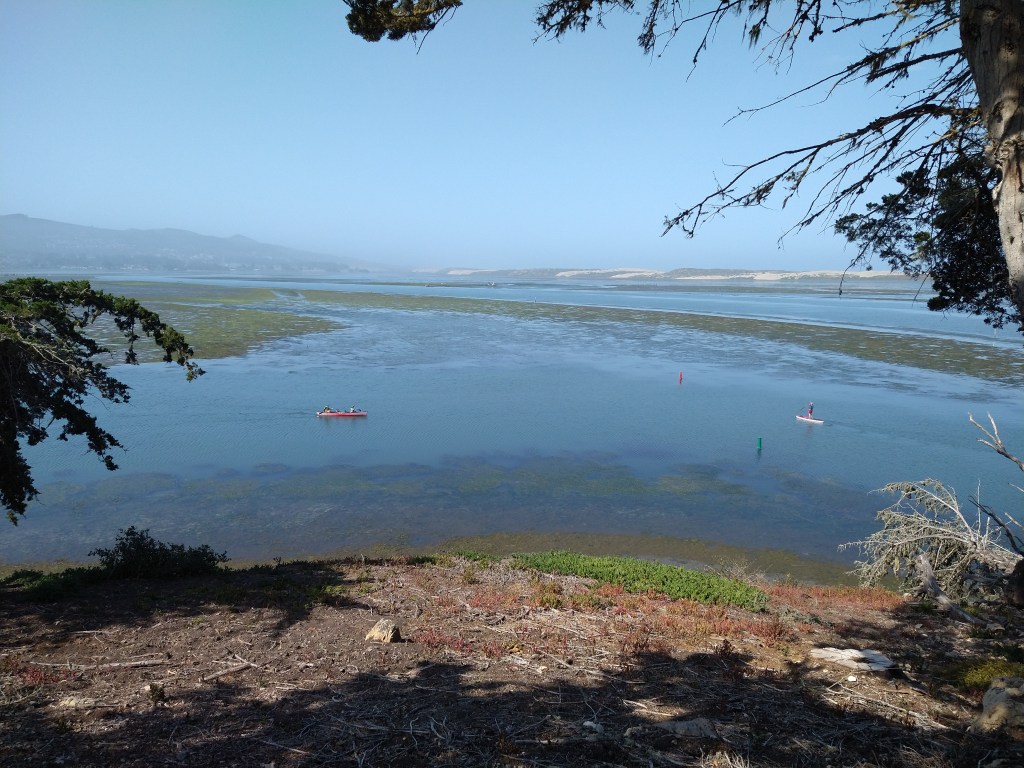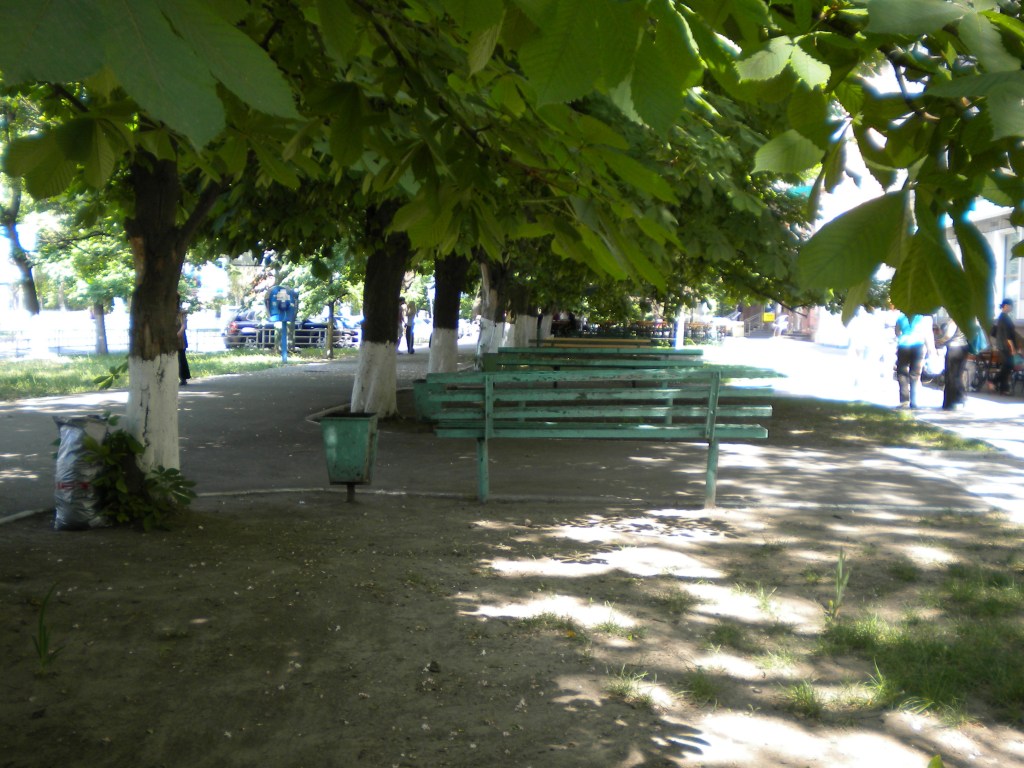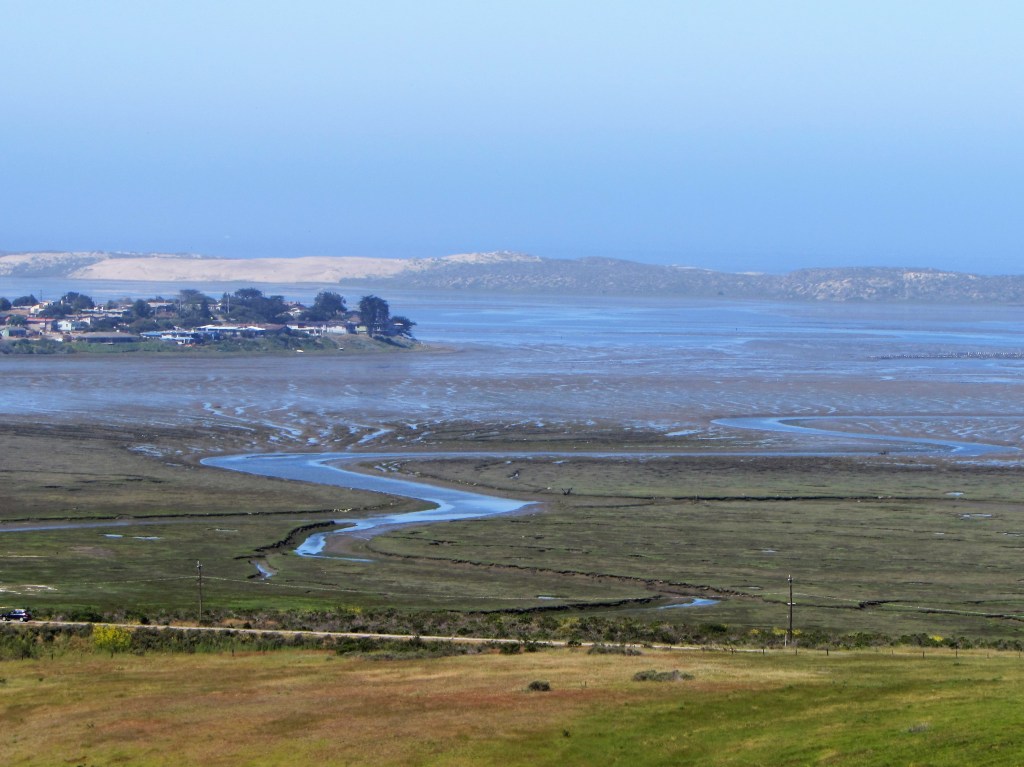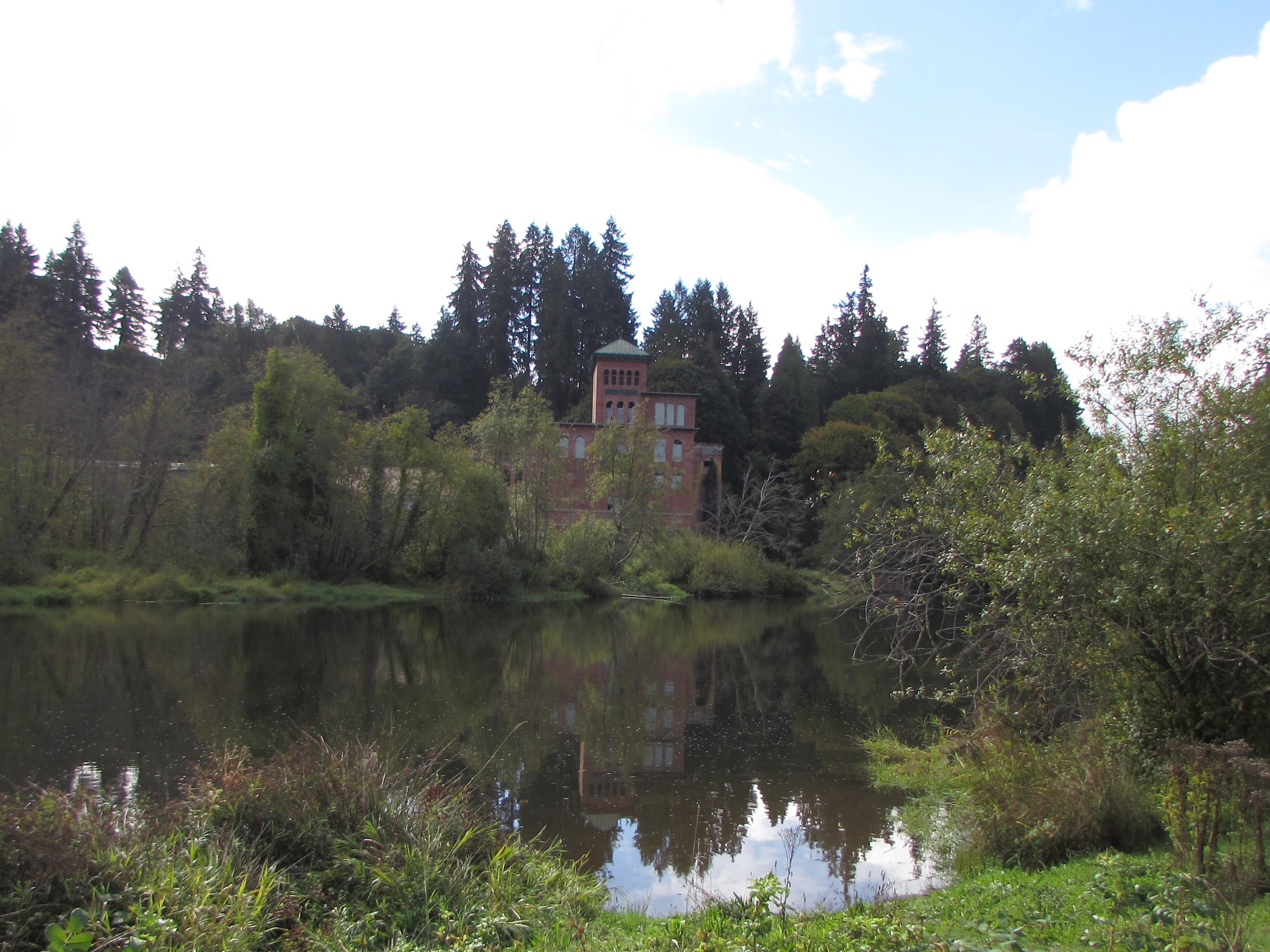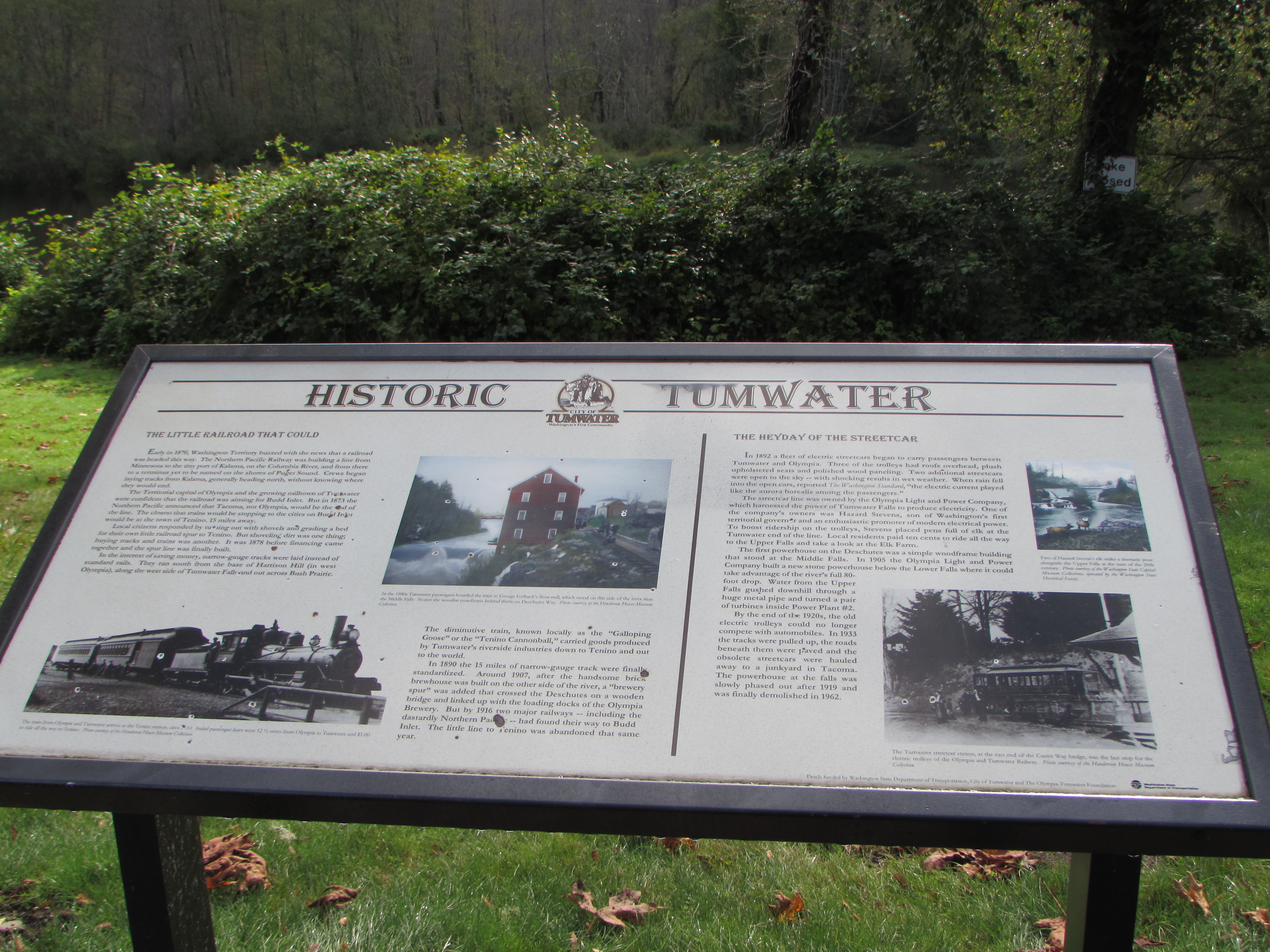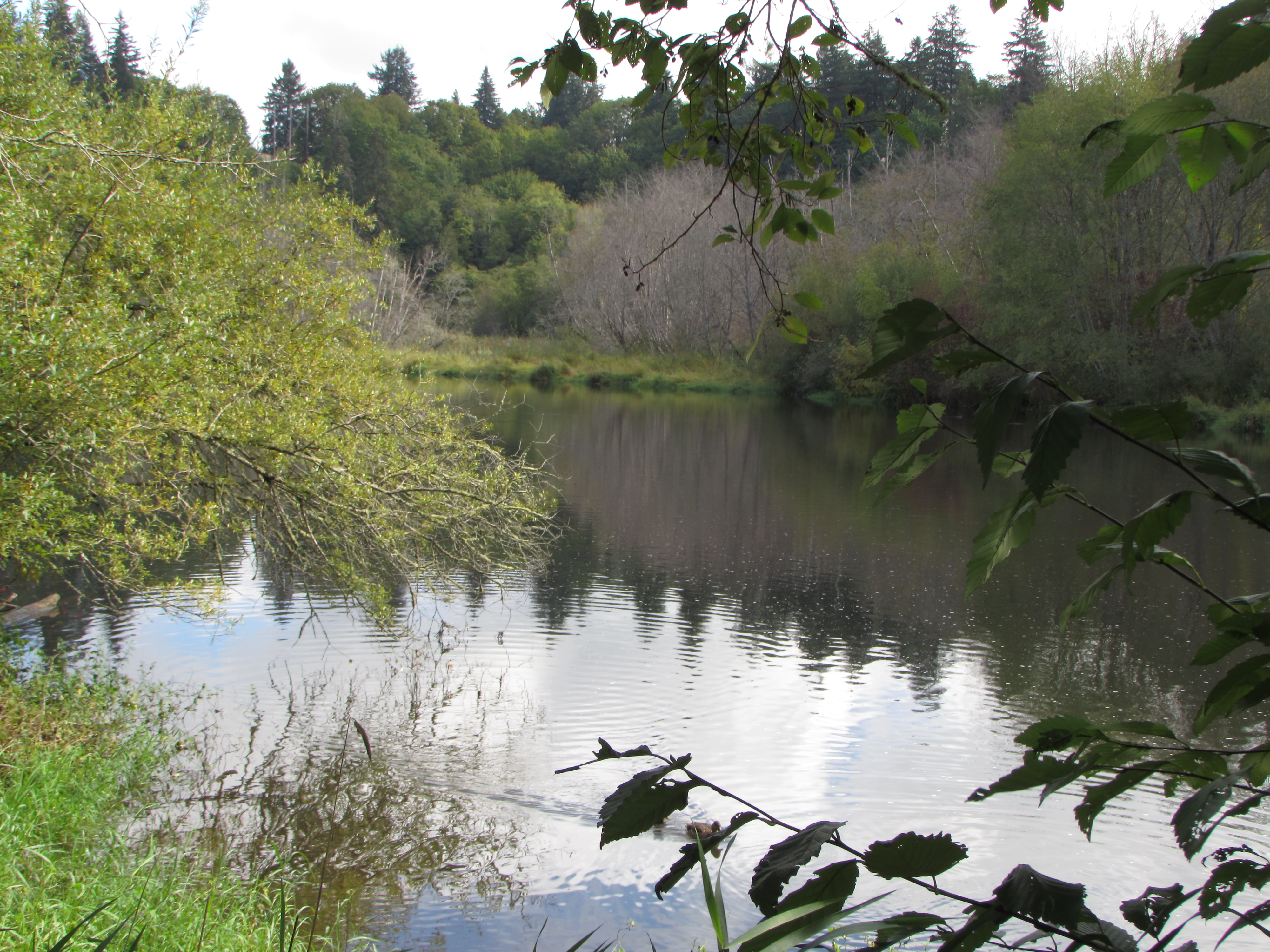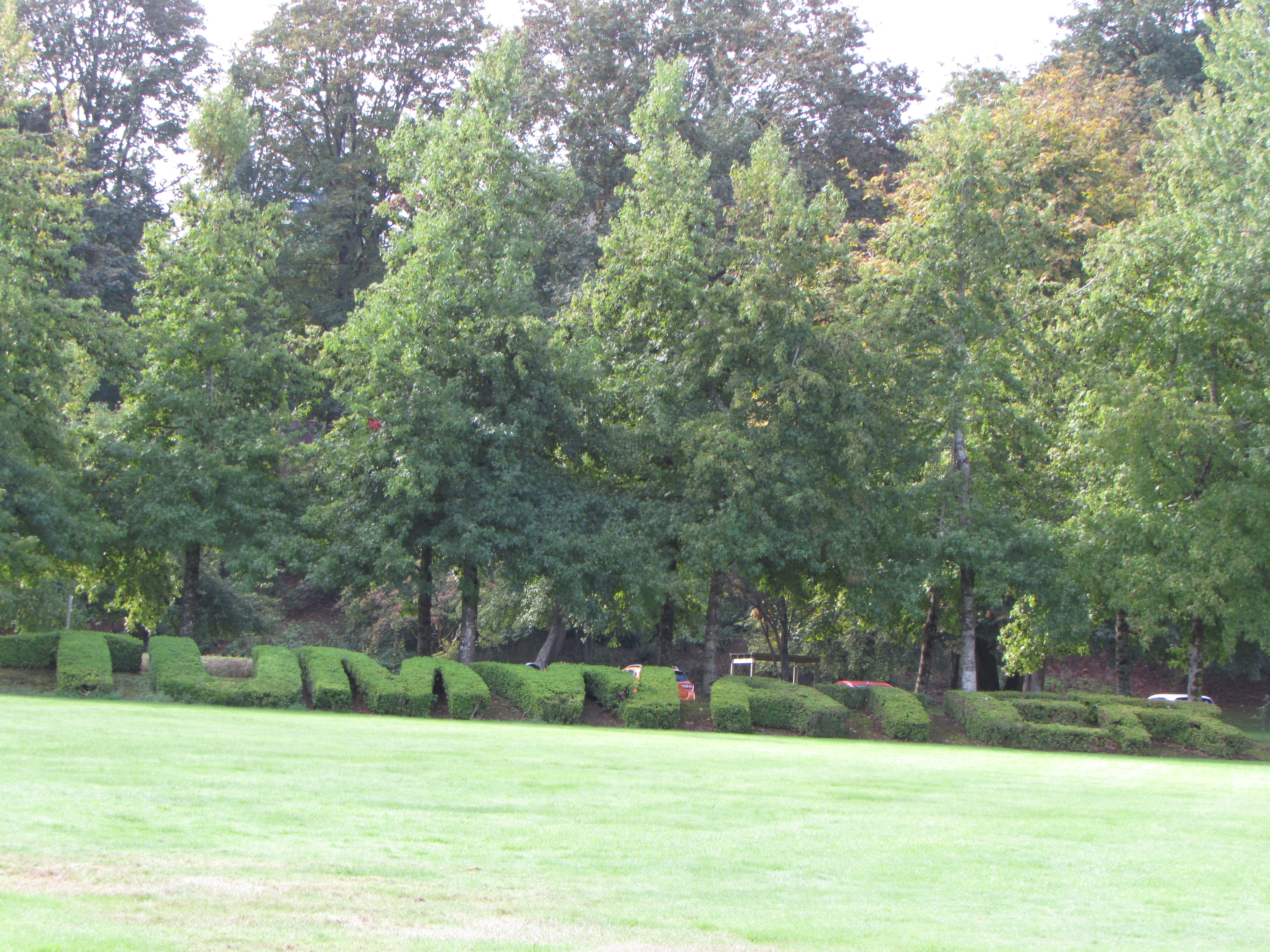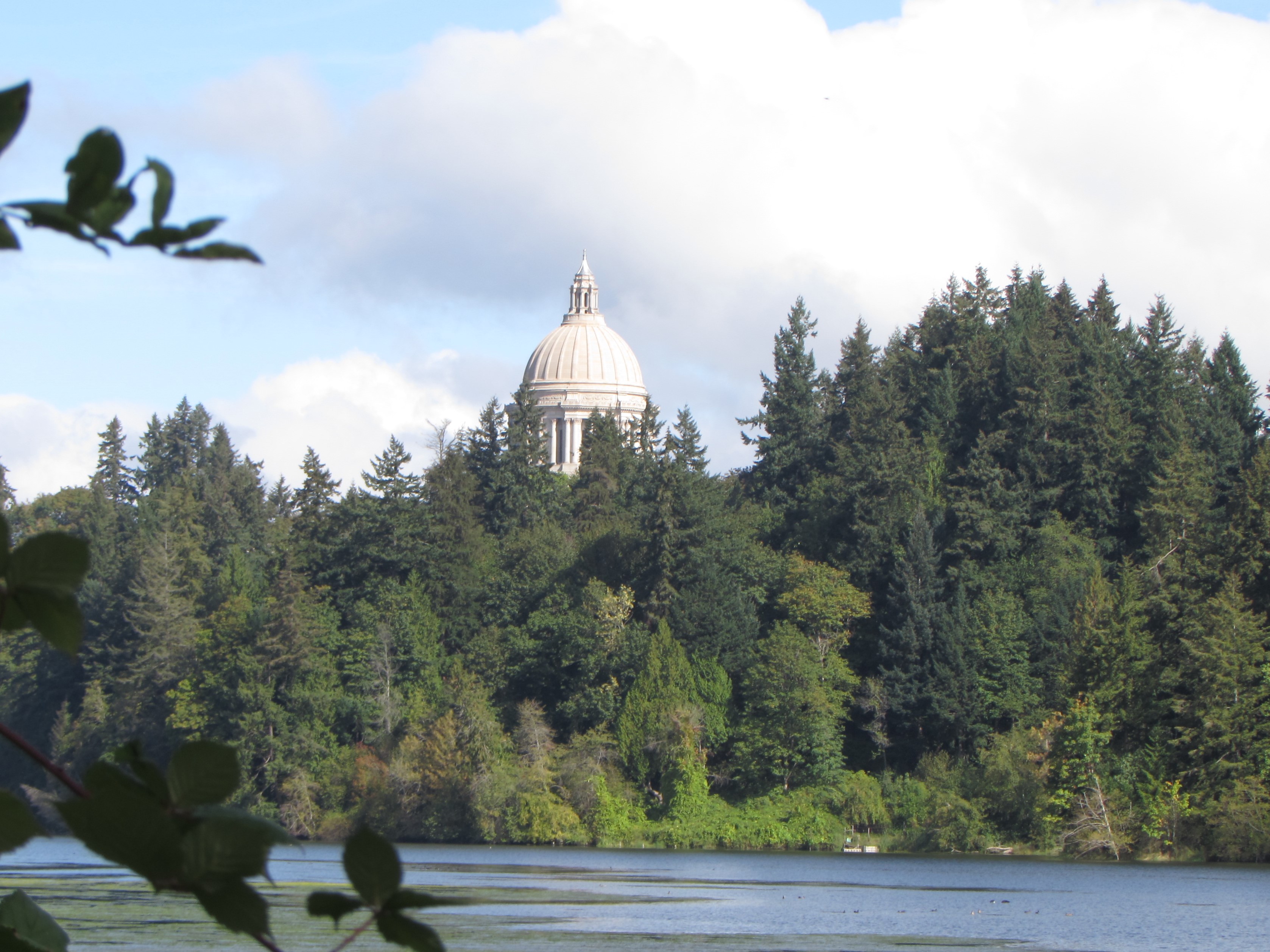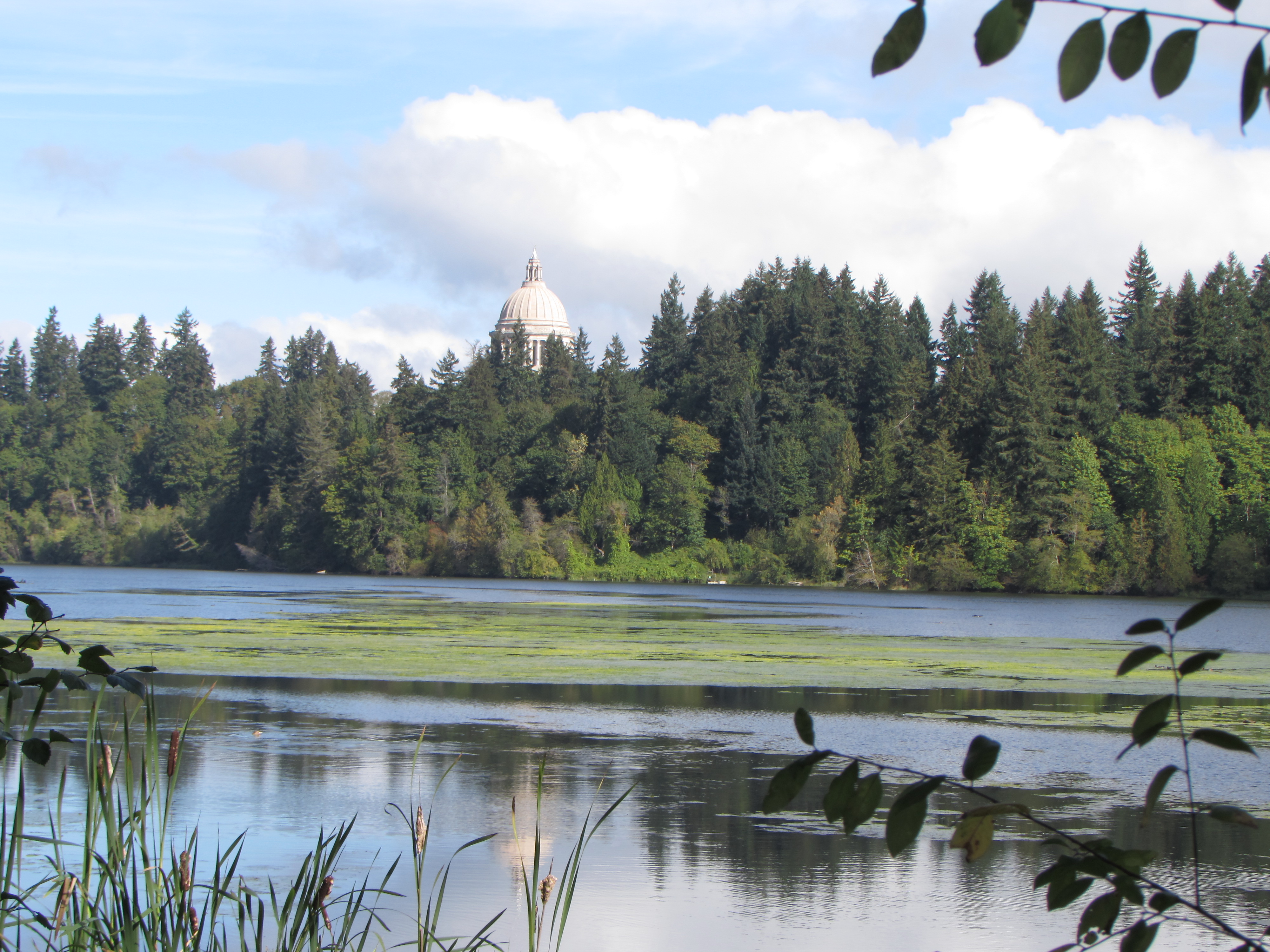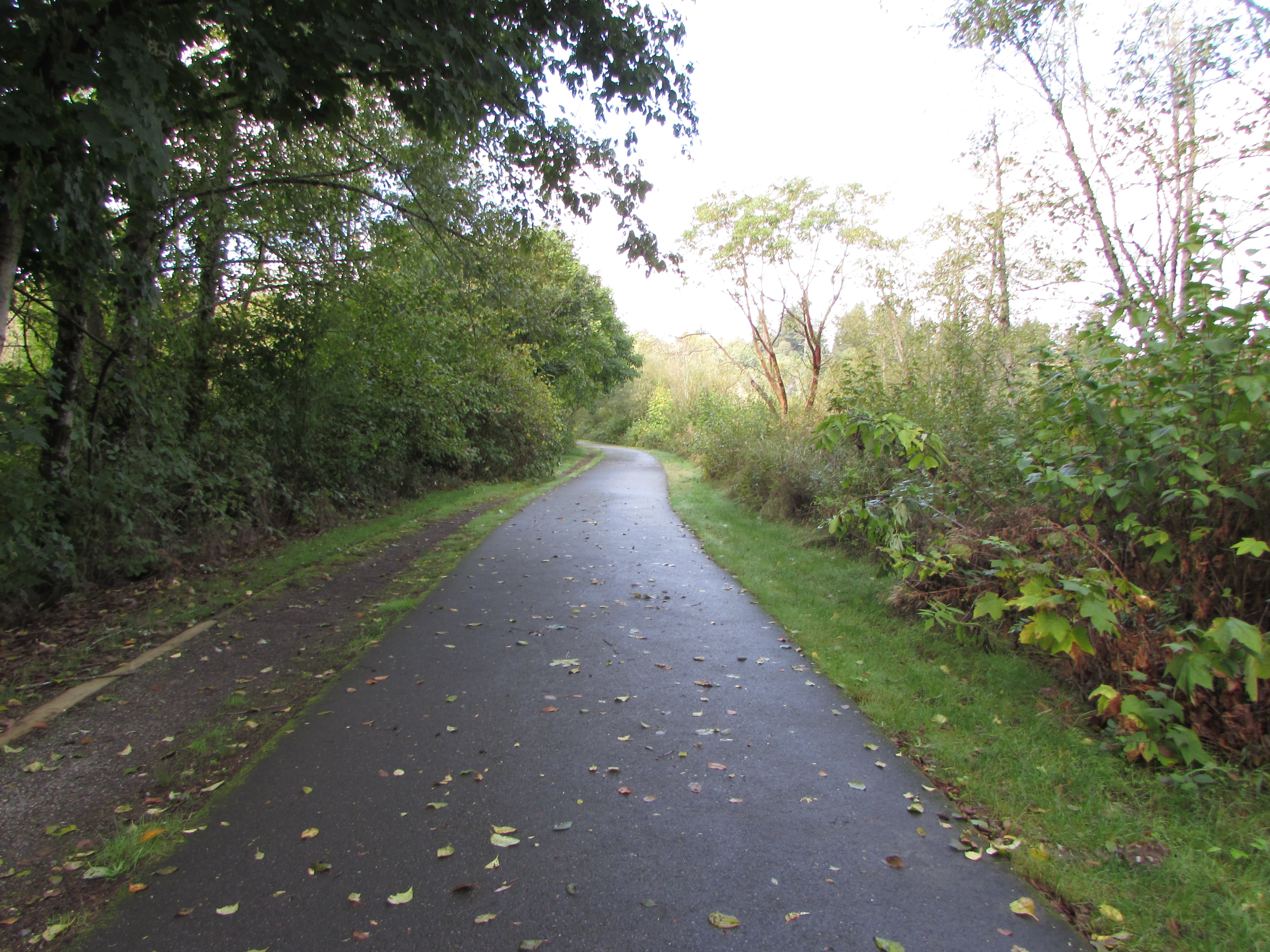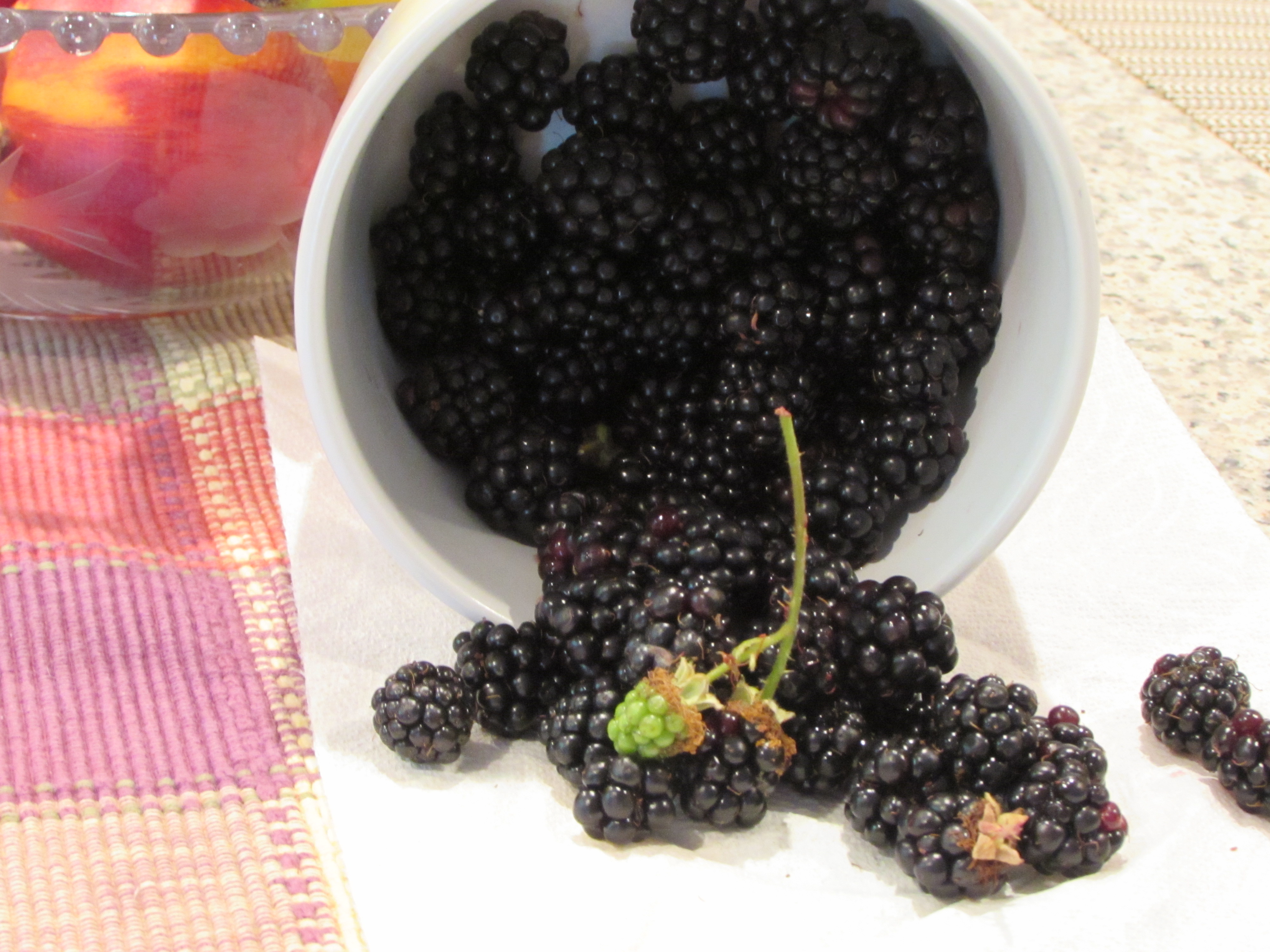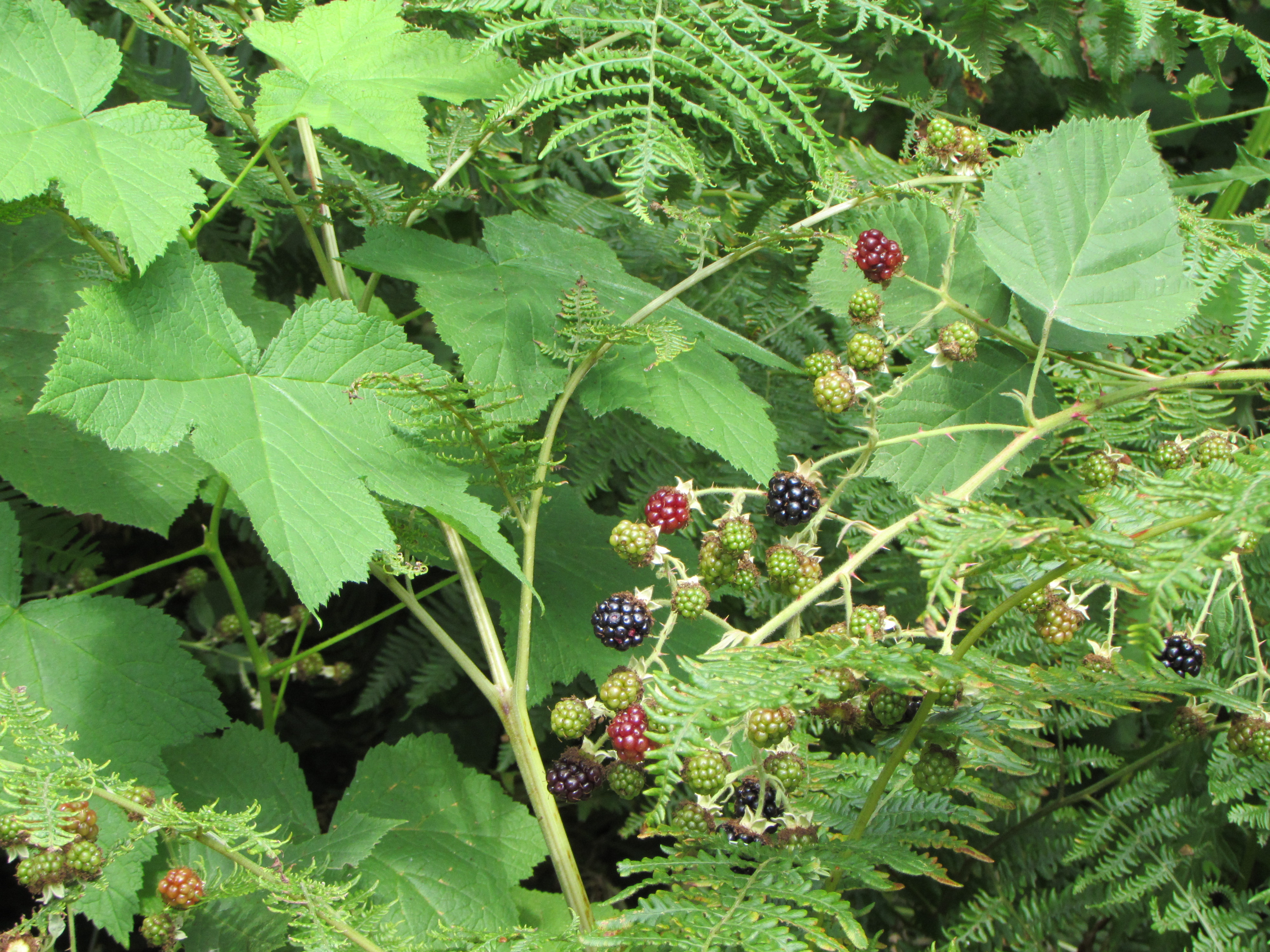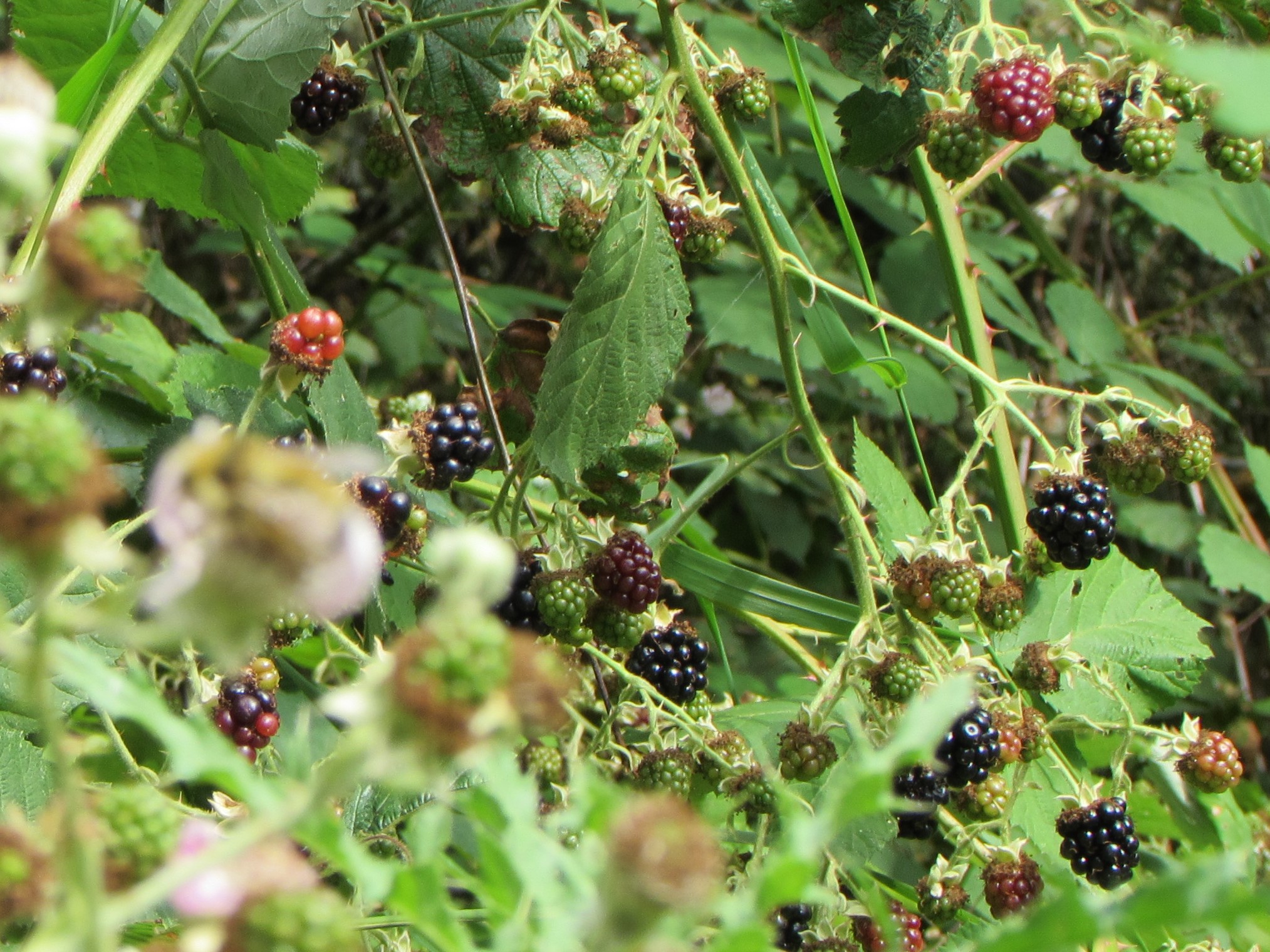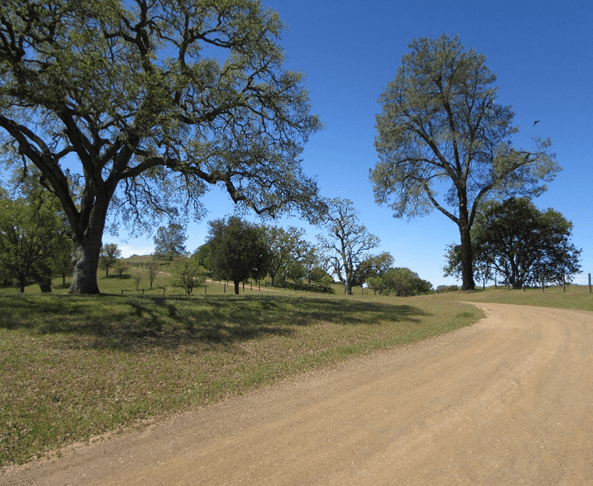
Lush is not a word I normally use for the hills of California’s coastal range. The seasons here too often turn to dry golden grass. The leaves of the native Oaks are small and the bark freckled with cracks. It is a landscape I adore, one I grew up around and still consider a gift from nature. But this landscape is not best described with extravagant words: lavish, plush, generous. It can be harsh and barren. But if you visit Los Olivos in the spring, it may surprise you.
The town surprised me. A simple few minutes off Highway 101 through a drive that was absolutely lush, the town fit the landscape of the region. Country-like lavish, polished clapboard, inviting. It’s a gem nestled in the rolling hills of Santa Barbara County. Known for its picturesque atmosphere, this town’s rich character offers an escape from everyday life.
My walk began at the Corner House Café. Central Coast Beach Boardwalkers, a club of the American Volkssport Association, kindly provides a map of two walks in the community in the brochure display inside the coffee house ($3.00 donation, no online access.) One is a 3.1-mile walk, the other a longer 6.8-mile walk. I was here to explore the downtown area, so I chose the shorter walk, though the mini-horse farm on the longer route tempted me.
The town is peaceful. Early morning sun poked over the hills, but with a soft touch. The slow pace here encouraged me to take my time and absorb the details. The walk took me past Los Olivos’ historic architecture. Old buildings, with their classic façades and quaint storefronts, tell yesterday’s stories. I paused in front of the Los Olivos General Store, a staple since the late 1800s. Many hands had turned its doorknob before mine.
As I strolled, the scent of freshly baked pastries wafted from a nearby business, and I couldn’t resist. Buttery croissant in hand, I sat on an outside bench, savoring the warm pastry, watching the town’s residents go about their day. There’s a certain intimacy in this experience—sharing a moment of simplicity with the community.
Los Olivos is known for a vibrant arts scene. My walk took me past several galleries, each showcasing the work of local artists. One particular gallery caught my eye with its colorful paintings depicting the landscapes of the region. These works captured the drive I had just finished and reminded me how fortunate I was to experience this scenery firsthand.
At the edge of town, I could see nearby vineyards stretched out in every direction, their lush greenery on display. Los Olivos is more than just picturesque; it is a place where history, culture, and nature converge to create an inviting atmosphere. The simple act of walking through its streets allowed me to connect with both the town and myself in a way that enriched my walk.
Slow down, savor the moment, grab a map from the Central Coast Beach Boardwalkers and stroll. In this small corner of California, I discovered not only a picturesque setting but also a sense of belonging and peace that is often hard to find in our fast-paced world.


